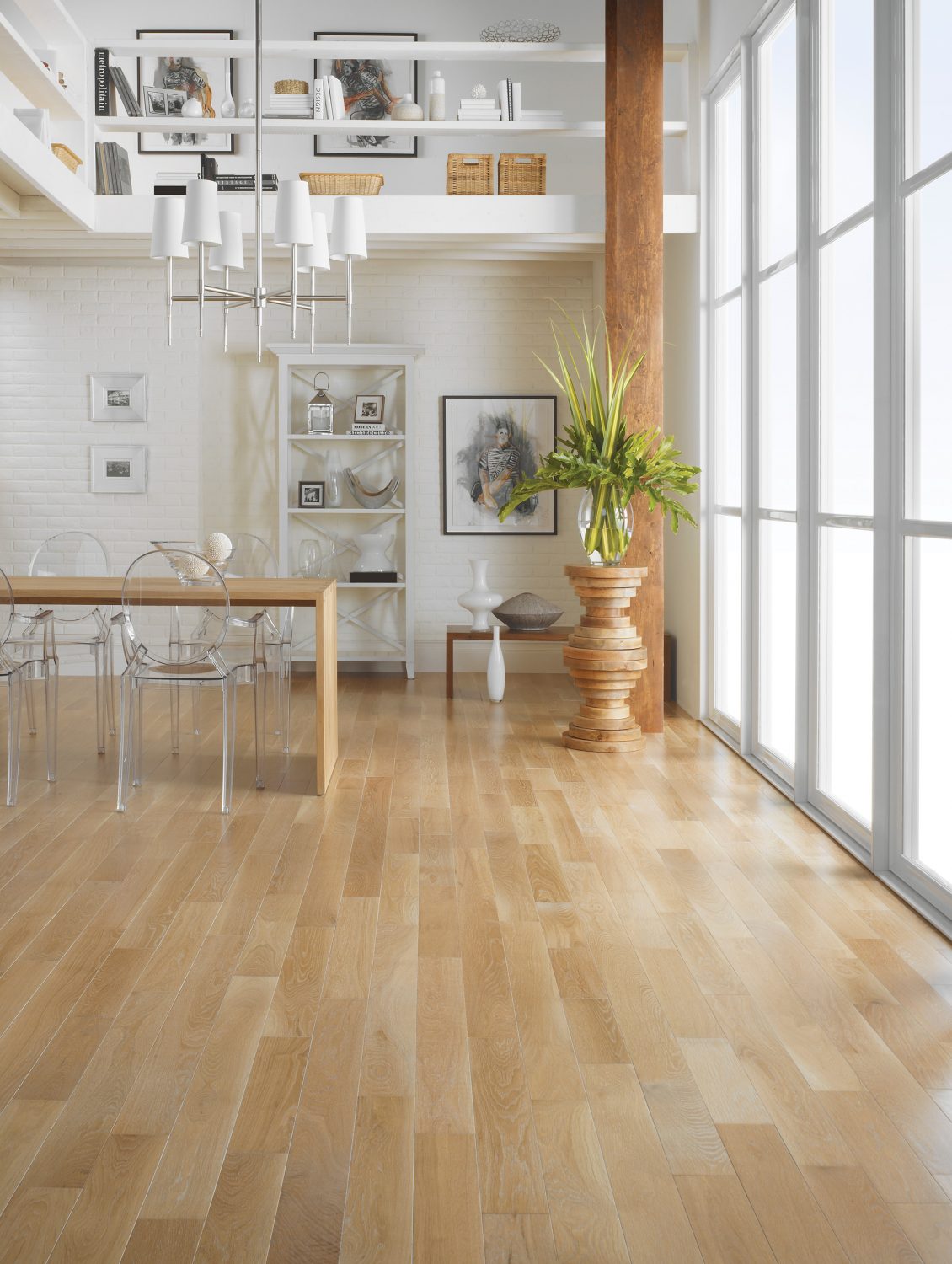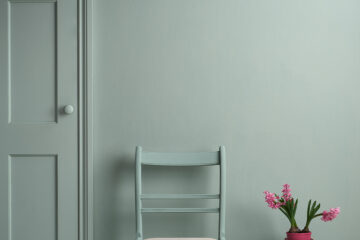No web peeking needed. We have the answer for you 🙂
The concept of the Janka scale is all related to the resistance and hardness of wood. And, knowing this comes very handy when evaluating your options when it comes time to shop for new floors. The first question that pops: ¨How hard is this or other hardwood floor?¨.
Let’s take a few minutes to understand the principle. First, its origin.
Around the beginning of the 20th century, an Austrian dendrologist, Gabriel Janka explored the matter and developed a method that would measure wood resistance depending of its species. Dendrology is the science of recognizing and classifying trees, in general the science of wooded plants. In ancient Greek: “Dendron” means “tree” and “logia” means “speech, science“.
HOW DOES THE JANKA METHOD OR SCALE WORK?
The Janka test has determined the resistance of wood to denting and wear under the pressure of a 11 mm steel ball inserted to half its shape into different species of wood sample with their humidity varying up to 12%. Those results can be read in pounds-force (lbf), kilograms-force (kgf) or newtons (N).
LET’S PICK A FEW NORTH AMERICAN ESSENCES AND COMPARE THEM.
Oh! Hickory wood
On the Janka scale, this wood has a resistance of 1820 lbf. It is a type of tree that has up to twenty species of which a dozen are North American.
Hickory floorings come in a variety of colors, some are light colored mixed with shades of dark brown or light to dark brown and dark black areas. Its installation is a little more complex than other types of floorings due to the density of the wood and it is sensitive to humidity. However, its durability is considered to be one of its best attributes.
Interesting fact: Hickory wood is often used for percussion sticks or tool handles fabrication, thanks to its resistance to impact and light weight.
Maple wood
The maple wood we are referring to is specifically sugar maple, our beloved North American species that can live up to 250 years and satisfy our sweet tooth come spring.
On the Janka’s scale, maple wood reaches 1450 lbf of resistance. The wood from the outer trunk, or sapwood, is typically a light creamy white color, while wood picked from the center of the tree, or heartwood, is a deeper shade of brown with a slight red tint.
Interesting fact: maples grow rapidly to nearly 10 meters in 20 years, depending on its region of origin. They are multiplied by seedlings, in rich, deep and cool soil and, up to an altitude of 1000 meters.
White Oak wood
White oak wood has a resistance that has been measured at 1360 lbf of strength. Unlike maple wood, white oak can live up to 500 years. This tree species is self-pollinating and can take up to 25 years to produce fruit.
As a floor covering, white oak wood offers, contrary to its name, a darker natural color palette while offering comforting gray and brown undertones and character.
White Ash wood
A wood with 1320 lbf of strength according to Janka. Unfortunately threatened by the emerald ash borer disease, this species may become rarer over time and less used for flooring.
White ash flooring has a pronounced grain pattern and is similar to oak. It can be an advantage for décors with high volume of traffic and where imperfections may be less visible.
For other uses, such as bows or cheese circles fabrication, this wood is prized for its flexibility.
Red oak wood
Generally, when we think of hardwood floors, many often refer to red oak. Over 1290 lbf of strength, this species has a uniform and tight wood grain and veins.
Its colors vary depending on where the material is taken from. The wood will be reddish brown if it comes from the core, and it will vary from white to pale brown if it comes from the sapwood, the part of the tree between the bark and the core of the trunk, the duramen.
Birch wood
This wood sits at 1,260 lbf of resistance on the Janka scale. It grows very fast and can be quite veined. It is found to be light pinkish brown to yellowish in color. Its wood grain is straight and firm.
Birch floorings are favored for their beauty and workability. We can also prefer this wood for its rapid growth, which helps the environment where reforestation is needed.
Black Walnut wood
The black walnut is a large tree native to North America. On the Janka scale, his resistance sits at 1010 lbf, which makes him more tender than his companions. Its bark is very dark in color, which is how it has earned it the name.
A black walnut floor can offer rich chocolate tints and uniform grain patterns. The color palette ranges from light pale brown to dark mocha with auburn undertones.
Interesting fact: walnut is used for its wood quality, but also to extract oil from its fruits, whose shells can then be crushed for sandpaper making.
From hickory wood to black walnut, strength makes the difference. It is certain that before making the final decision, you must be able to visualize the product in your environment and evaluate all the other elements to consider in choosing a hardwood floor.
If you wish to learn more, come and visit us in our new spacious and bright showroom! We will assist you in choosing the right hardwood floor for you.





